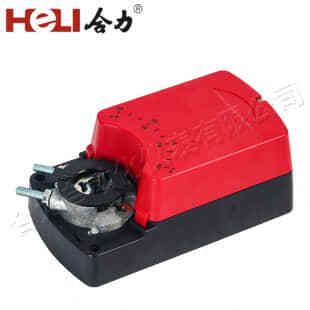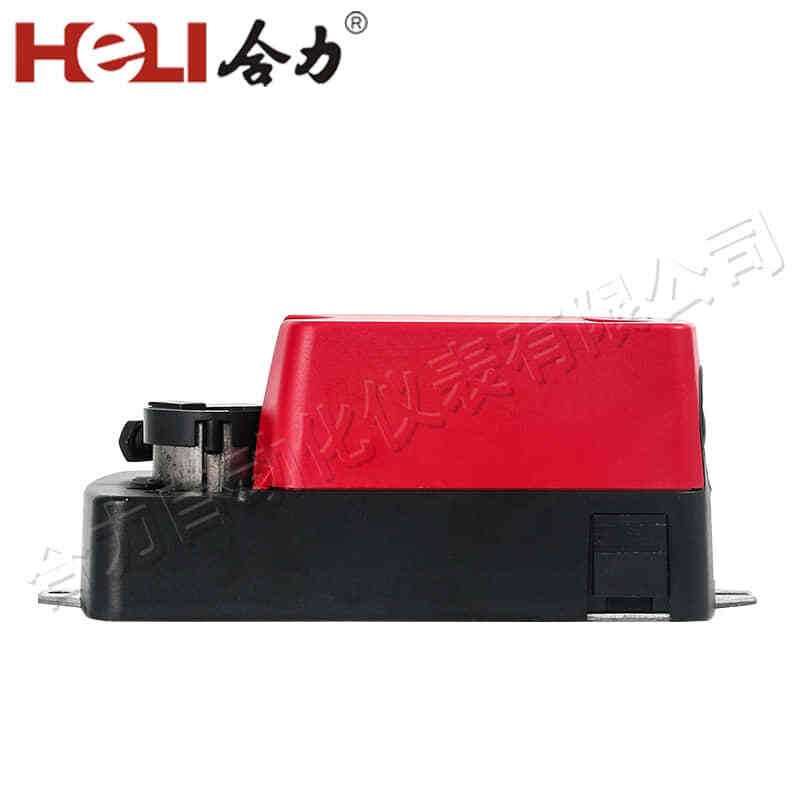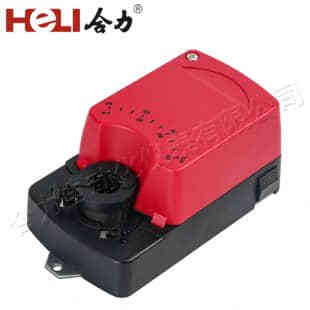
A damper actuator plays a pivotal role in controlling air flow within ventilation systems, HVAC (Heating, Ventilation, and Air Conditioning) systems, and other air management applications. It is an essential component that helps regulate the flow of air or gases by controlling the position of dampers, which are devices used to control the amount of airflow in ducts or chimneys. The actuator automatically adjusts the position of the damper blade, either opening or closing it, based on signals received from control systems. This article explores the functions, types, and applications of damper actuators.

Function of a Damper Actuator

